Exploring the Utility of Chicken Nets
Chicken nets, a vital component in poultry management, serve as a protective barrier for poultry enclosures. These nets are essential for safeguarding chickens from predators and preventing them from wandering off. They come in various materials, including the widely used chicken wire mesh and plastic poultry wire, each offering distinct benefits to meet diverse poultry-keeping requirements.
Types and Applications of Chicken Nets
The versatility of chicken nets extends beyond simple enclosures. They are employed in various applications such as creating chicken runs, garden fencing, and in agricultural settings. Poultry netting is another common type, often used to construct spacious yet secure areas for chickens to roam. For those requiring a more robust solution, electric poultry netting is available, which provides an added layer of protection through a mild electric charge, deterring predators effectively.
Features and Materials
When selecting a chicken net fence, it's crucial to consider the material's durability and weather resistance. Plastic nets offer the advantage of being lightweight and resistant to corrosion, while wire mesh chicken wire is known for its strength and longevity. The construction of these nets varies, with options like hexagonal and square meshes catering to different containment needs and preferences.
Advantages of Using Chicken Nets
The use of chicken mesh in poultry farming cannot be overstated. It provides a secure environment for chickens, reducing the risk of escape and predation. Additionally, netting for chicken coop is designed to offer ample ventilation and sunlight penetration, which are critical for the health and well-being of the poultry. The ease of installation and maintenance of these nets makes them a practical choice for farmers and hobbyists alike.
Choosing the Right Chicken Net
Selecting the appropriate chicken netting fence involves assessing the specific needs of your poultry project. Factors such as the size of the area, the type of poultry, and the local environment should influence the choice of netting. For instance, net for chicken coop should be chosen with consideration for the size and agility of the birds, ensuring that the mesh size is appropriate to prevent heads or predators from getting through.
Conclusion
In conclusion, chicken nets are a fundamental aspect of poultry management, offering protection and containment for chickens. Whether you opt for a simple poultry net or an electrified poultry netting, it is imperative to select a product that aligns with your specific requirements. With a range of materials and types available, poultry keepers can find the ideal solution to ensure the safety and health of their flocks.


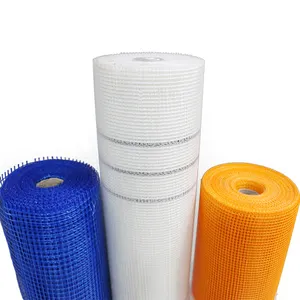

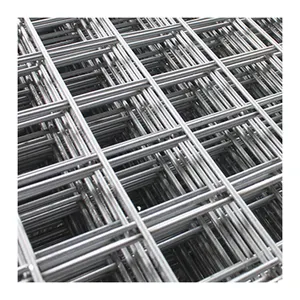



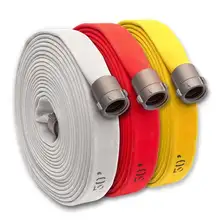


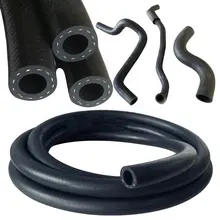





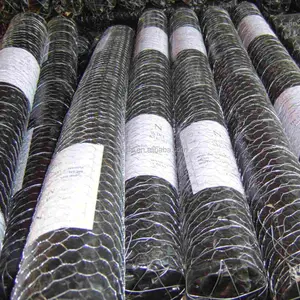
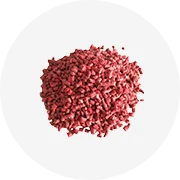


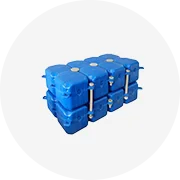
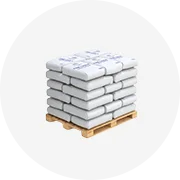

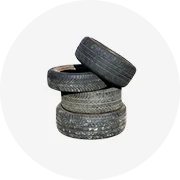
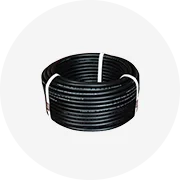

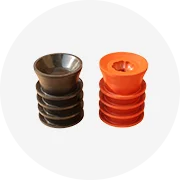








 浙公网安备 33010002000092号
浙公网安备 33010002000092号 浙B2-20120091-4
浙B2-20120091-4